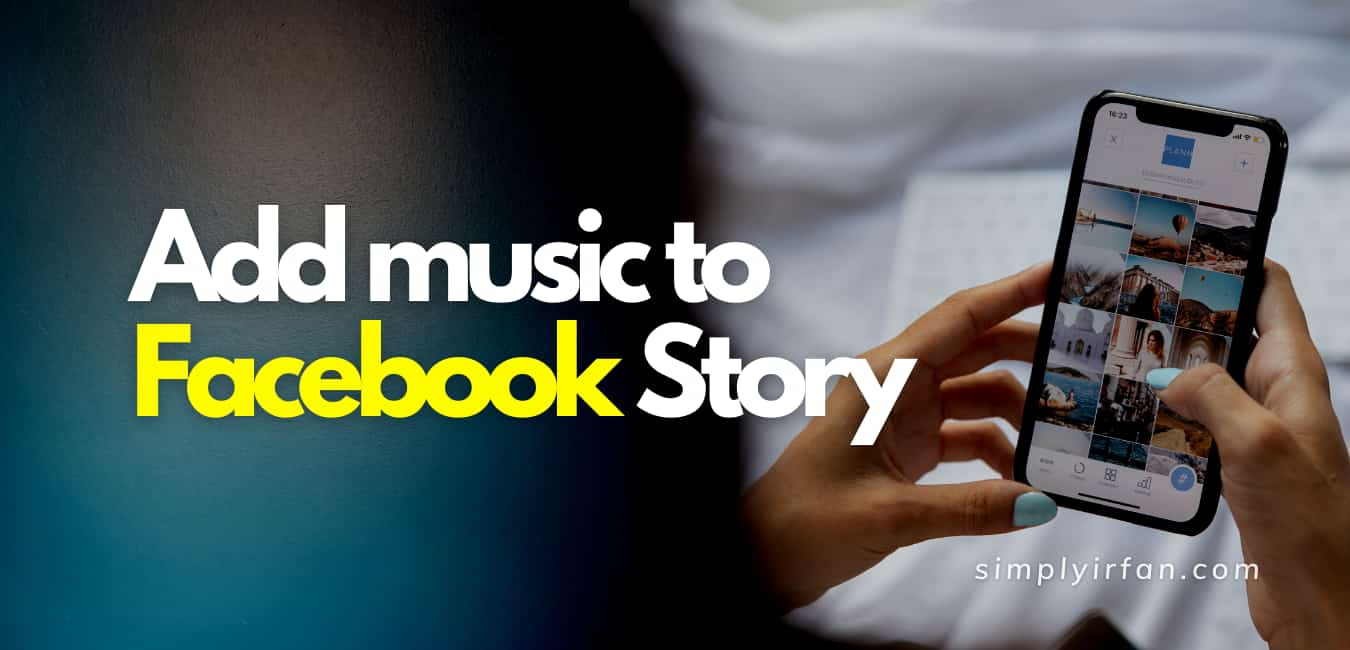Facebook is not just for catching up with friends anymore. In 2025, it is still one of the most powerful marketing tools for businesses of all sizes. With over 2.9 billion monthly active users, the platform gives you access to a massive audience. But here is the thing — success on Facebook does not come from simply posting a few photos or running random ads. You need a clear plan, the right tools, and a little creativity.
In this guide, I will walk you through exactly how to use Facebook marketing for your business. Whether you are brand new or want to refine your current strategy, you will leave with actionable steps you can start using today.
Contents
Why Facebook Marketing Still Works in 2025
Some people say Facebook is “dead” for marketing. That is far from true. While younger audiences spend more time on TikTok and Instagram, Facebook remains the go-to platform for community building, targeted advertising, and reaching an older, financially stable demographic.
It is also an all-in-one platform where you can:
- Post updates, photos, and videos.
- Run highly targeted ads.
- Sell directly through Facebook Shops.
- Host live events and webinars.
- Engage in group discussions.
Step 1: Set Up a Facebook Business Page
If you are still running your marketing from a personal profile, you are missing out. A Facebook Business Page gives you access to analytics, advertising tools, and other features designed for brands.
How to set it up:
- Go to Facebook’s Create a Page section.
- Choose your business category.
- Add your business name, profile picture, and cover photo.
- Fill in your About section with keywords that describe your business.
- Add your contact info, website link, and call-to-action button.
Pro Tip: Use a high-quality logo and cover image that aligns with your brand’s personality.
Step 2: Know Your Audience
Before you post anything, understand who you are talking to. Facebook’s Audience Insights tool can help you find demographic details, interests, and behaviors.
Questions to answer:
- What age group is your ideal customer?
- Where do they live?
- What are their interests and hobbies?
- What problems do they need solved?
Knowing these details will guide your content and ad targeting.
Step 3: Create Engaging Content
Posting random sales messages will not work. People go to Facebook for connection and entertainment. You need a mix of content that informs, entertains, and inspires.
Content ideas:
- Behind-the-scenes photos of your team.
- Short videos demonstrating your product.
- Customer testimonials and success stories.
- Polls and questions to encourage engagement.
- Educational posts related to your industry.
Best practices:
- Use clear, attention-grabbing captions.
- Include a call-to-action in most posts.
- Post consistently but avoid spamming.
Step 4: Use Facebook Ads
Organic reach on Facebook has declined over the years. That is why Facebook Ads are a must if you want consistent visibility.
Why Facebook Ads are powerful:
- You can target by location, age, gender, interests, behaviors, and even past website visits.
- Ads can be run for as little as a few dollars per day.
- The platform offers multiple ad formats including image ads, video ads, carousel ads, and collection ads.
How to get started:
- Open Facebook Ads Manager.
- Choose your campaign objective — awareness, traffic, leads, or conversions.
- Define your target audience.
- Set your budget and schedule.
- Create your ad with a strong headline, clear visuals, and a call-to-action.
Step 5: Sell with Facebook Shops
E-commerce is huge on Facebook in 2025. You can create a Facebook Shop where customers can browse and purchase without leaving the platform.
Benefits:
- Simple setup linked to your catalog.
- Mobile-friendly shopping experience.
- Integration with Instagram Shopping.
Step 6: Leverage Facebook Groups
Groups are one of Facebook’s most engaging features. You can either join existing groups in your niche or create your own community around your brand.
Why groups work:
- They foster deeper connections.
- You can position yourself as an expert.
- They allow more organic reach compared to public posts.
Step 7: Use Facebook Live
Live videos create real-time interaction. You can use them for product launches, tutorials, or Q&A sessions.
Tips for Facebook Live:
- Promote your live event in advance.
- Have a clear topic or agenda.
- Engage with viewers by answering their questions.
Step 8: Track Your Results
Facebook provides detailed analytics through Page Insights and Ads Manager.
Key metrics to monitor:
- Reach and impressions.
- Engagement rate.
- Click-through rate.
- Conversions from ads.
Common Mistakes to Avoid
- Ignoring engagement and only posting promotional content.
- Not using ads at all.
- Posting without a clear goal.
- Neglecting analytics.
FAQ: Facebook Marketing for Business
Is Facebook still worth it for business marketing in 2025?
Yes. Facebook remains one of the best platforms for targeted ads, community building, and selling directly through Facebook Shops.
How often should I post on my Facebook Business Page?
Posting 3 to 5 times per week is a good starting point. Consistency is more important than volume.
How much should I spend on Facebook Ads?
Start small, around $5 to $10 per day, and scale based on results.
What type of content works best on Facebook?
Short videos, high-quality images, behind-the-scenes content, and interactive posts perform well.
Can I target specific customers with Facebook Ads?
Yes. You can target based on demographics, interests, behaviors, and even people who have visited your website.
Facebook Marketing Strategy Checklist for Businesses
- Set up a professional Facebook Business Page.
- Define your target audience.
- Create a content calendar with a mix of post types.
- Use Facebook Ads for consistent reach.
- Sell products through Facebook Shops.
- Engage in Facebook Groups.
- Go live regularly to connect with your audience.
- Track analytics and adjust your strategy.
Final Thoughts
Facebook marketing is not about shouting your message at people. It is about building relationships, sharing value, and meeting your audience where they are. In 2025, the businesses that win on Facebook will be the ones that balance creativity with strategy and always keep their audience in mind.
If you start implementing the steps in this guide today, you can turn Facebook from just another social media platform into a revenue-driving machine for your business.



